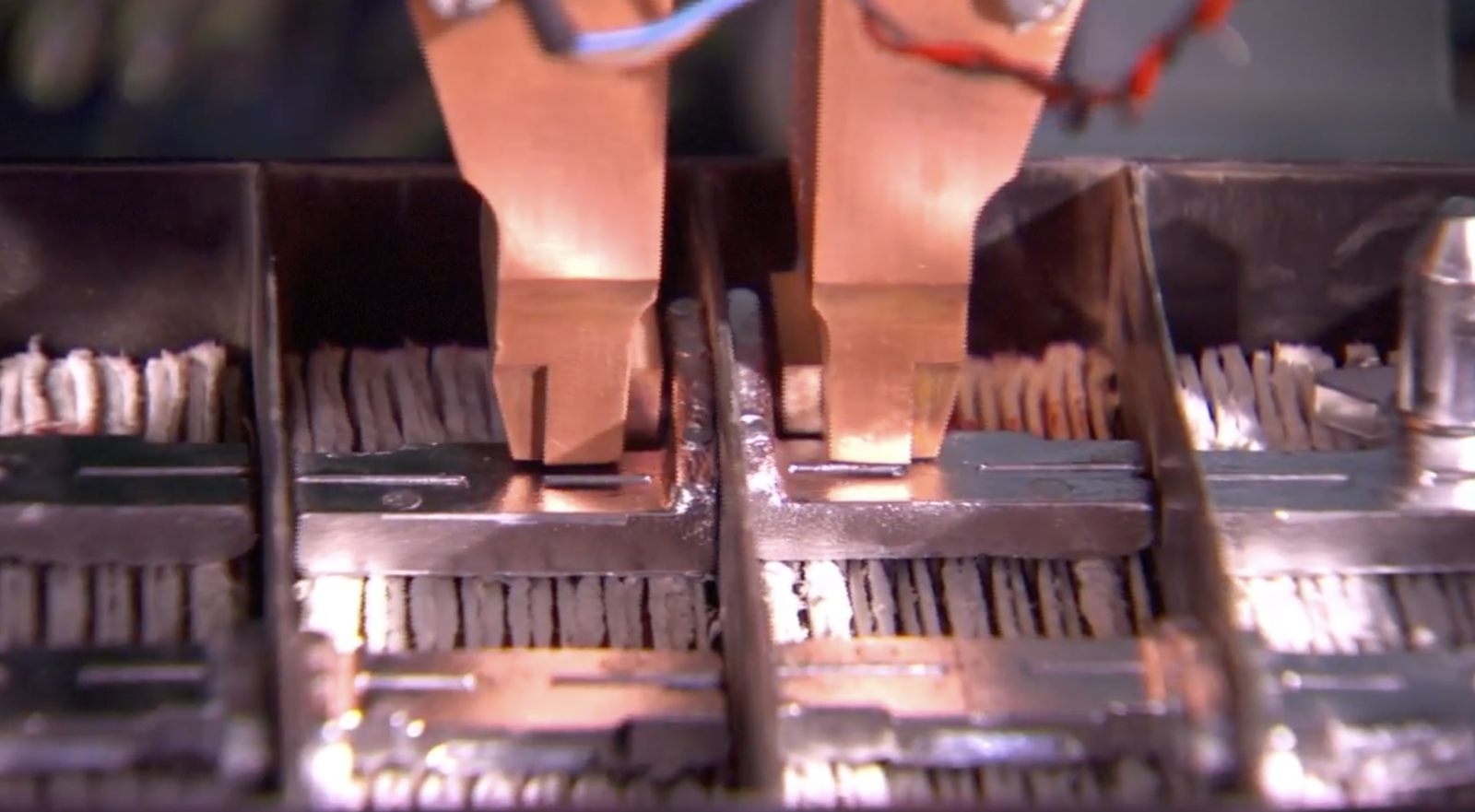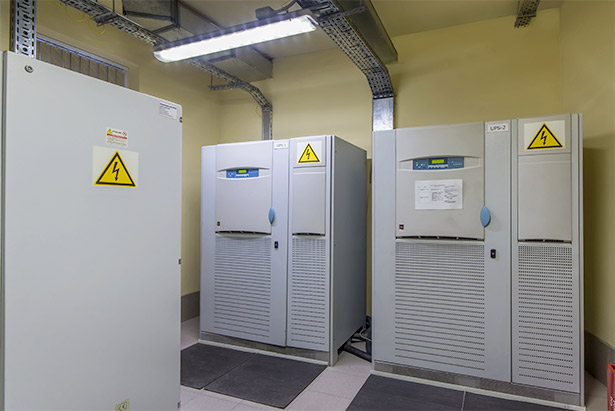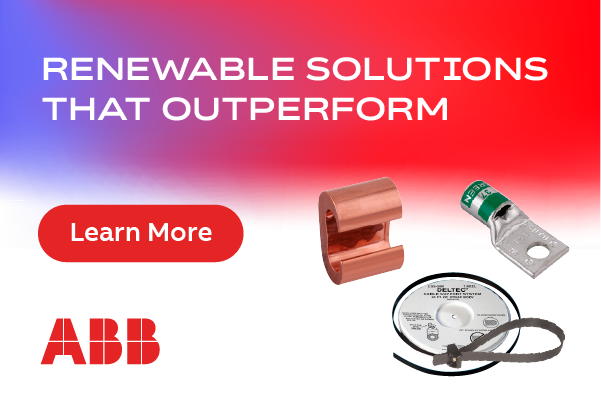Fountain of Youth: Secrets of active 24-year-old lead-acid batteries
When it comes to extending battery life, some top installers do know more - and when they share their secrets, everyone benefits.
 For end-users like off-grid homeowners, the benefits are obvious. For installers, competitive markets make it increasingly important to add battery life optimization to their knowledge base, as well. This benefits clients, builds trust, and increases referrals - a win for everyone.
For end-users like off-grid homeowners, the benefits are obvious. For installers, competitive markets make it increasingly important to add battery life optimization to their knowledge base, as well. This benefits clients, builds trust, and increases referrals - a win for everyone.
One energy expert has managed to power his off-grid ranch with 24-year-old lead-acid batteries. He rescued them from a non-air-conditioned barn after 17.5 years of service and 18 months of neglect. After rehabilitation, these batteries still reach float (100 percent charge) at sunset, and 40-50 percent Depth of Discharge (DoD) overnight (running air-conditioning during an unusually hot California summer)!
Keep reading to learn how top installers get longer battery life, including:
- Strategies to reduce energy requirements
- How to select the right batteries for your system
- Confirming sizing
- Uncommon installation "tricks" of top installers
- Proven battery storage strategies
- Maintenance made easy
Step 1: Never start with batteries
Renewable energy clients are surprised by this. But if you're sizing an off-grid or grid-tied backup system, the first thing to do is reduce your electrical requirements. Why? Every Watt-hour of usage you can safely reduce has a ripple effect on savings-it allows you to select smaller-sized solar panels, wind turbines, inverters, and batteries, which ensures greater safety margins for energy storage.
Some of the easiest ways to reduce electrical usage include replacing energy-guzzling appliances with Energy Star models, insulating the building envelope, removing vampire loads, and improving HVAC efficiency.
Step 2: Choose the right batteries for longer life
Lead-acid batteries are best suited to most renewable energy applications. They provide the highest ROI and recyclability (99 percent recyclable, according to the US EPA). In addition, lead-acid batteries have a track record of safely, proof, and innovations for more than 100 years.
What to look for:
- High-quality lead-acid batteries engineered specifically for deep discharge in RE systems
- Premium materials including heavy, gravity-cast plates and more lead (for more chemical reactions)
- Automated manufacturing, including robotic Cast-On-Strap (COS) welding, computerized pasting and curing, and aerospace vision systems
(To learn more about flooded and AGM batteries and compare chemistries, read "Find the Battery You Need" -- November/December 2017.)
Step 3: Confirm battery banks are appropriately sized
If you're installing a system you didn't design, make sure to review sizing calculations to protect yourself and the end-user.
Many problems are caused by inappropriate Depth of Discharge (DoD) calculations. This is often a sales ploy to make an "apples-to-apples" comparison between battery chemistries with drastically different costs per kWh. Regardless of the technology, however, batteries that discharge too deeply will compromise lifespan and reliability of electricity. Worse, inadequate power reserves could leave off-grid users without power.
In order to protect against damage from extreme discharge, and provide a safety margin for continuous operation, plan for 2X true amp-hours and 50 percent DoD.
Step 4: Try top installation tactics
Use stainless steel for bolts, washers, and nuts; it's extremely durable, affordable, and corrosion-resistant. (Type 316 Stainless Steel fasteners are best.)
Install fuses as needed to shield batteries and other devices from short-circuit damage, overheating, and starting fires.
Use a non-hardening sealant to coat terminals, wire lugs, nuts, and bolts. Battery protector and sealer minimize corrosion, last a long time, and are easy to clean. Be sure to cover exposed wires at terminal lugs using rubber tape or other approved linings.
Consider a battery management system (BMS) to improve usable capacity and protect against temperature-related damage. Useful features include total and per-cell voltage, DoD, and temperature monitoring.
Search for a "wire gauge calculator" to identify your ideal cable size: Undersized cables can cause difficult-to-diagnose system failure - even generate heat and create fires. Specify no more than a 3 percent voltage drop.
For larger systems, consider microgrids for scalability, improved energy reliability, and enhanced ROI. (See "Central Asia's Largest Off-grid Solar Power System: Bringing electricity & hope to Afghanistan" - November/December 2014.)

Step 5: Always store batteries in a cool, dry environment
Battery life is longest at moderate temperatures (77ËšF is optimal). Heat and cold weather cripple battery performance and lifespan-and batteries stored inside makeshift refrigerators and insulated coolers are subjected to even greater temperature degradation.
The solution? Protect batteries from the elements. Consider installing batteries off the floor in an enclosed, well-ventilated structure with adequate insulation, and a stable, moderate temperature. This extends cycle life because it protects against temperature-related damage.
Strong installation locations include inside the home/building or in a well-ventilated shed or garage. (See "Living the Dream of Net-Zero Energy & Storage" - March/April 2015 for an all-in-one enclosure strategy.)
Never install batteries near breakers, electrical outlets, or spark-causing devices such as hot water heaters. Lock your battery box, and keep a dry chemical fire extinguisher nearby. Consult the National Electrical Code, Article 480.9(A) to refresh yourself on ventilation standards.
Step 6: Maintenance made easy
 Poor maintenance costs a fortune: Problems go unnoticed, batteries die early, clients blame installers or components, referrals go down, and unnecessary house calls go up.
Poor maintenance costs a fortune: Problems go unnoticed, batteries die early, clients blame installers or components, referrals go down, and unnecessary house calls go up.
Create an easy-to-follow system that helps clients build a maintenance habit to maximize battery life:
- First, demonstrate the BENEFITS, such as longer battery life, greater reliability, and lower costs year-round.
- Make it EASY. Provide maintenance schedule charts. And recommend the right tools make the job fast, easy, and frustration-free.
- Make it AUTOMATIC like brushing teeth. Show them how to program maintenance into their calendar.
If you're attentive and fortunate enough to have lead-acid batteries that last multiple decades, take note: With increasing electrical demands like water pumping and added solar, those older batteries will need more water (as often as every ten days).
You may not get 24 years out of your lead-acid batteries, but these strategies and tactics are guaranteed to boost your batteries' lifespan - and free up your time and money.
John Connell is the Vice President of Crown Battery's SLI Products Group. Crown Battery manufactures all its advanced technology lead-acid batteries at its ISO-9001:2015-certified plant in Fremont, Ohio. They're 99% recyclable - more recyclable than an aluminum can.
Crown Battery | www.crownbattery.com
Author: John Connell
Volume: 2019 November/December









